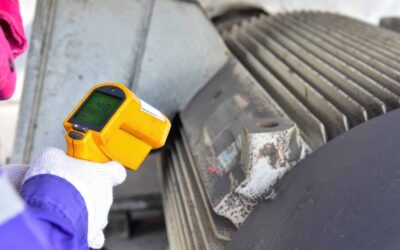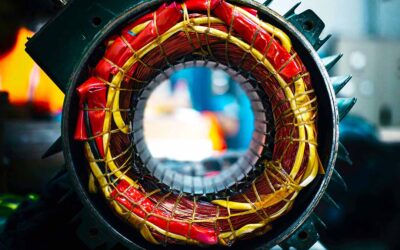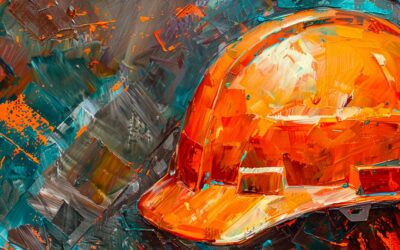Asset management involves the lifecycle management of an organization’s assets – from design through operations and maintenance to end-of-life disposal and reclamation. The goal is to maximize the value derived from these assets over time while balancing cost, risk, and performance – what we refer to as the triple bottom line.
In some key industries, such as government services, profit isn’t the main driver – however, spending taxpayer dollars wisely to deliver the expected levels of service is a fundamental organizational objective.
Reliability Professionals are often asked to justify how they contribute to this triple bottom line—cost, risk, and performance. The mnemonic SHEERSG is an easy way to think about how we measure the value delivered to the organization.
SH – Safety and Health
This is about the safety and health of the workers at our production sites and the community at large. A more reliable plant is simply safer. People get hurt when equipment or assets shut down or fail unexpectedly, and this is unacceptable.
A more reliable plant is simply safer. People get hurt when equipment or assets shut down or fail unexpectedly.
Reliability Professionals monitor asset health to identify when equipment is beginning to fail. Maintenance and Operations colleagues take the equipment offline and perform any necessary maintenance, refurbishment, and replacement activities.
Reliability Professionals can then monitor the equipment’s health and performance again after it starts up. The value driver for safety and health contributes to risk reduction and mitigation.
E – Environment
Similar to safety and health, unexpected emissions, spills, or releases to the environment, such as loss of containment failure events, tend to happen when equipment or assets shut down expectedly. Reliability Professionals contribute value by monitoring the asset health and providing advanced warnings that equipment is about to fail.
This advanced notice allows organizations to schedule repairs and avoid unexpected releases to the environment – it’s easier and better for the planet to prevent a spill than to clean up after one. Again, the environmental focus is a key contributor to risk mitigation.
E – Economics
Economic value comes down to performance – often measured through production volumes or service levels. Financial performance is how Reliability Professionals can contribute measurable value to their organization’s triple bottom line. Whether this is an increase in the megalitres of drinking water treated, passenger rides on public transit, or manufacturing widgets produced.
When Operations can use increased availability to deliver products and services, there is a quantifiable financial value.
The activities that Reliability Professionals perform, from establishing cost-effective maintenance strategies based on the principles of reliability-centered maintenance (RCM), preventing equipment failure recurrence through root cause analysis (RCA), or increased use of predictive maintenance (PdM) techniques while the production line continues to run all lead to greater availability of the assets.
When Operations can make use of this increased availability to deliver the organization’s products and services, there is a quantifiable and measurable financial and level of service value.
R – Regulatory
This category of value driver reminds organizations that compliance with local and industry regulations is imperative and contributes value to the organization through good business practices, reputation, avoiding fines, and the list goes on.
These regulations include but are not limited to, individual and occupational safety, fire codes, emissions limits, pressure equipment safety regulations, local food safety regulations, water and wastewater treatment regulations, commitments made to the regulators and public, as well as any legislation governing your organization’s products or services.
Reliability Professionals contribute to meeting this value category by incorporating the regulatory requirements into equipment maintenance strategies – tasks and intervals- and by setting the pass-fail criteria for condition monitoring.
SG – Social and Governance
More recently, the long-understood value drivers of SHEER have been extended to include concepts of social and governance. Social value considers the impact of decisions on people’s lives and provides for the set of principles that are morally acceptable by society.
Reliability Professionals may take social value into consideration when recommending to repair, replace, recycle, repurpose, or reclaim assets. Governance is the framework of processes and practices by which an organization is controlled and operated.
It incorporates ethics, risk management, compliance, and administration. Reliability Professionals can contribute to good governance by applying sound risk management practices, ethical decision-making and recommendations, compliance with regulations (described above), and organizational processes.
Overall, Reliability Professionals contribute to all aspects of their organization’s triple bottom line—cost, risk, and performance. They take a balanced approach that aligns with the organization’s goals and objectives when developing and implementing cost-effective maintenance strategies, investigating equipment failures, and making recommendations that improve equipment performance while reducing risks.











